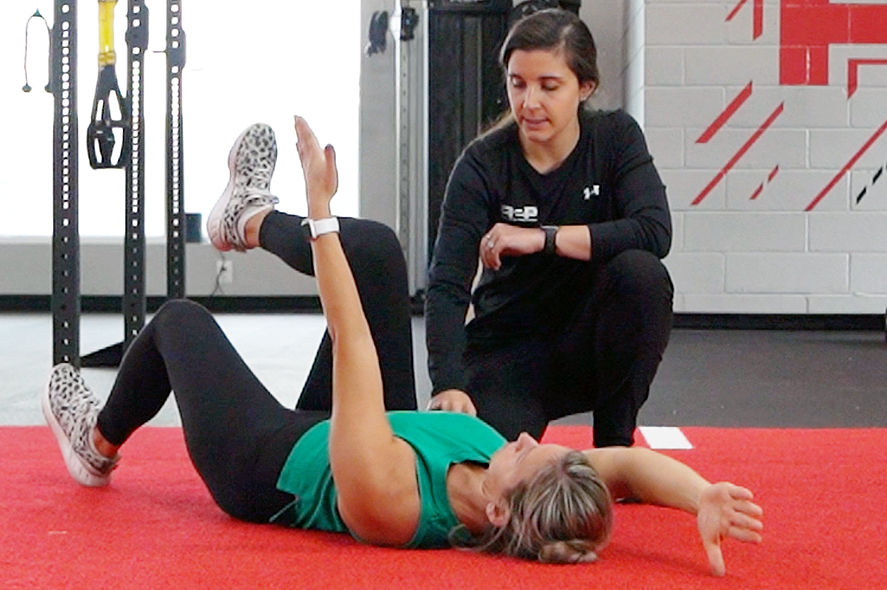Holiday Plan to Stay Injury-Free & Start 2026 Strong

The days following Thanksgiving and early December are when many active adults start to feel the effects of travel, long periods of sitting, unusual schedules, and disrupted training routines. This is often the point when stiffness increases, movement quality drops, and motivation starts to fade. If you want to start 2026 feeling strong instead of frustrated or injured, the way you restart your workouts this week matters.
Your body responds to consistency more than intensity. After several days or weeks of irregular training, your tissues, joints, and movement patterns change. That is why jumping straight back into high-intensity workouts often leads to soreness, overuse issues, or small injuries that snowball later.
Below is your simple, effective guide to restarting safely.
Why Post-Holiday Training Feels Harder
Holiday routines usually involve sitting during travel, carrying bags, sleeping in different beds, eating differently, and moving far less than normal. These factors combine to reduce mobility in your spine, hips, and ankles. Muscles tighten and joints lose load tolerance. When you immediately jump back into your regular workouts, your body struggles to meet the demand.
This is not a sign of weakness. It is physiology. And it is fixable.
The Top 5 Issues That Show Up After Holidays
Physical therapists see the same problem areas every December.
- Low back stiffness from prolonged sitting
- Shoulder irritation from poor sleep positions or carrying weight
- Hip tightness from limited movement
- Knee discomfort from reduced strength and control
- Calf and Achilles symptoms from decreased walking or training volume
These issues are normal, but they should not be ignored. They are your body’s way of showing you where load tolerance has decreased.
How to Restart Your Routine Safely
The goal this week is to rebuild your baseline. Start with the following steps.
1. Begin with a Movement Check
Squat, hinge, lunge, push, and pull movements should feel smooth and controlled. If something feels stiff or pinchy, take note.
2. Use a Ramp-Up Plan
Your first week back should be 50 to 70 percent of your usual intensity. Let your tissues re-adapt to load. This small adjustment significantly reduces injury risk.
3. Prioritize Mobility and Activation
A few minutes of mobility for your thoracic spine, hips, and ankles wakes up the areas that stiffen first. Activation drills for your core and glutes restore stability.
4. Watch Your Recovery Signals
True muscle soreness is normal. Sharp or persistent pain is not. Pay attention to your body’s messages.
Test Your Mobility with these movements from Dr. Drew
The Real Key to Staying Pain-Free in December
Your body thrives on gradual progression. Consistency at a lower intensity will help you feel better faster than aggressive intensity after inconsistency. If you treat this week as a warm-up phase, you will enter January prepared instead of vulnerable.
When You Should See a Physical Therapist
A movement assessment can identify the exact restrictions and imbalances caused by holiday changes. Addressing these issues early prevents chronic pain and allows you to return to training with confidence.
Grab Your Free Consult & Movement Assessment Here
Ready 2 Restart Strong
If you want help rebuilding your routine or addressing post-holiday stiffness, our team is here to guide you with an individualized plan built for your goals.
About Rehab 2 Perform
Rehab 2 Perform is a cutting-edge health and wellness company changing expectations of the healthcare experience. With 14 locations across the DC, Maryland, and Virginia region, R2P delivers a gym-based, movement-driven approach to rehabilitation and performance. The company’s team of physical therapists is dedicated to helping individuals of all ages and abilities move, feel, and perform better for life. Schedule Now
